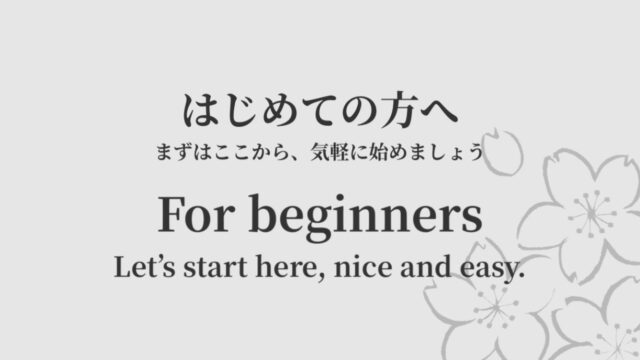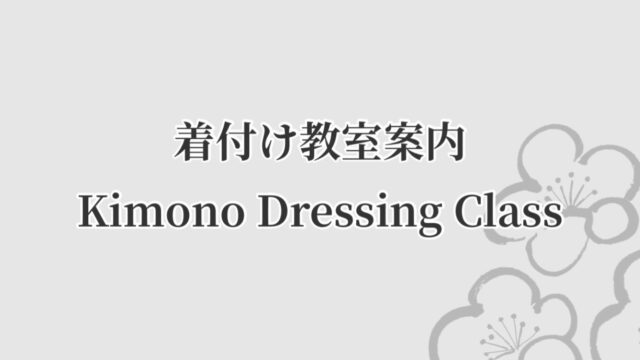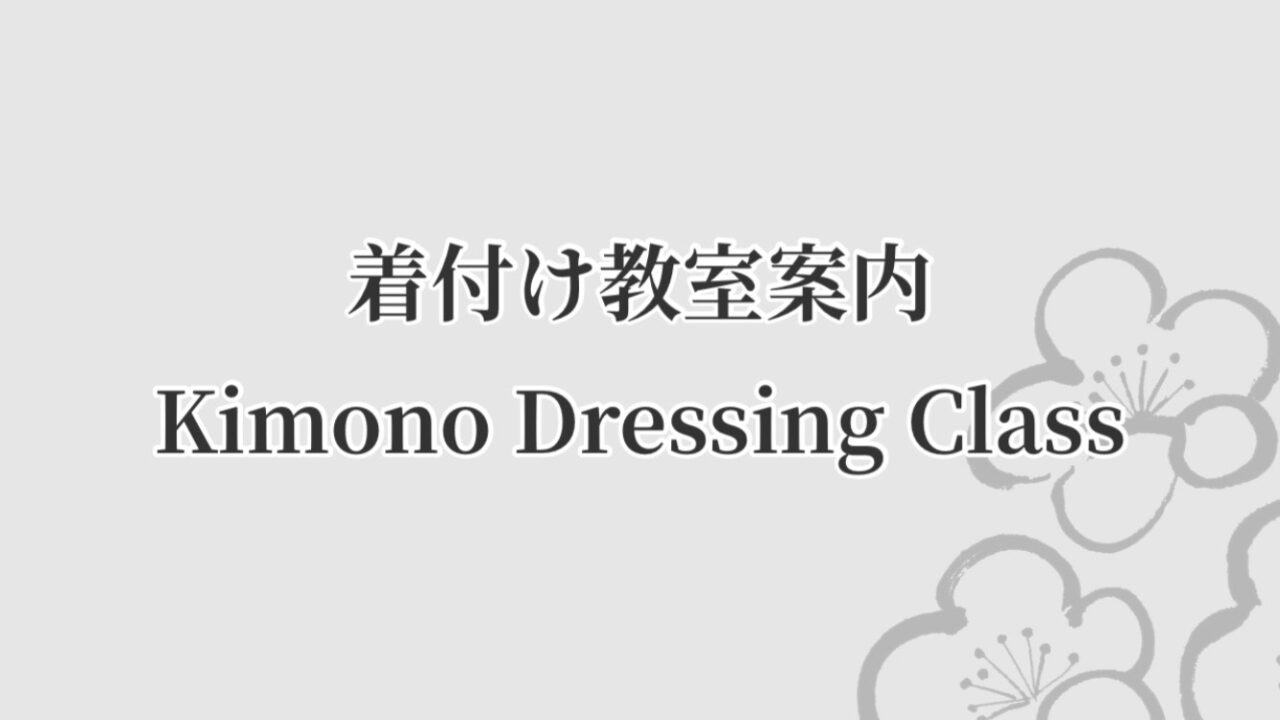ご挨拶
小さい頃から着物に親しんできた、やえ着物です。
母の話では、幼い頃の私はいつも着物を着ていたそうです。写真を見返すと、たしかにその通りでした。4歳から12歳まで日舞を習っていたのですが、そのお稽古を通して、日常的に着物を着ていた先生に、浴衣から二重太鼓の帯まで着付けを教えていただきました。
その後、着物から離れる時期もありましたが、お祝い事などでは自分や家族に着付けをする機会がありました。ただ、時々しか着ないこともあって「この着方で合っているのかな?着付けには『これが正解』というものがあるのだろうか?」と、どこか不安に思うこともありました。
今思うと大変失礼な話なのですが、着物に関わる仕事をするようになり、その気持ちがますます強くなったため、着付けの資格を取ることにしたのです。
資格の勉強をする中で、日舞の先生の、生活に溶け込んだ素敵な着姿を改めて思い出し、私の目標はまさにこれだと確信しました。着物を、もっと身近で、もっと気軽に楽しめるものにしたい。それぞれの暮らしに寄り添い、「着物を着てよかった」と思えるような着方を、これからも追求していきたいと考えています。
もし、かつての私のように「着てみたいけど、なんだか難しそう」「興味はあるけど、一歩踏み出せない」と迷っている方がいらっしゃいましたら、ぜひお手伝いさせていただけたら嬉しいです。
greeting
Greetings from Yae Kimono
Hello, I’m Yae Kimono, and I’ve been familiar with kimonos since I was a child.
My mother tells me that I always wore kimonos when I was little, and looking back at old photos, it’s true. From the age of four to twelve, I learned Japanese dance, and my teacher, who wore kimonos every day, taught me how to put on everything from a yukata to a nijūdaiko knot for a formal obi.
After that, there was a time when I wasn’t as involved with kimonos. However, on special occasions, I would dress myself, my sisters, or my children. Because I didn’t do it often, I sometimes felt a little insecure, wondering, “Am I wearing this correctly? Is there a ‘right’ or ‘proper’ way to do kimono dressing?”
It’s a bit embarrassing to admit now, but as I started working with kimonos, those feelings of uncertainty grew stronger, which led me to get my kitsuke (kimono dressing) certification.
While studying, I was reminded of how wonderful my Japanese dance teacher looked in her kimonos, which were so naturally a part of her daily life. I realized that this is exactly my goal. I want to make kimonos more accessible and more enjoyable for everyone. My aim is to continue exploring ways of wearing kimonos that feel close to people’s lives, so they can feel a sense of joy and comfort.
If you are like I once was—intrigued but hesitant, thinking, “I’d love to try, but it seems so difficult,” or “I’m interested, but I can’t seem to take the first step”—I would be delighted to help you.









